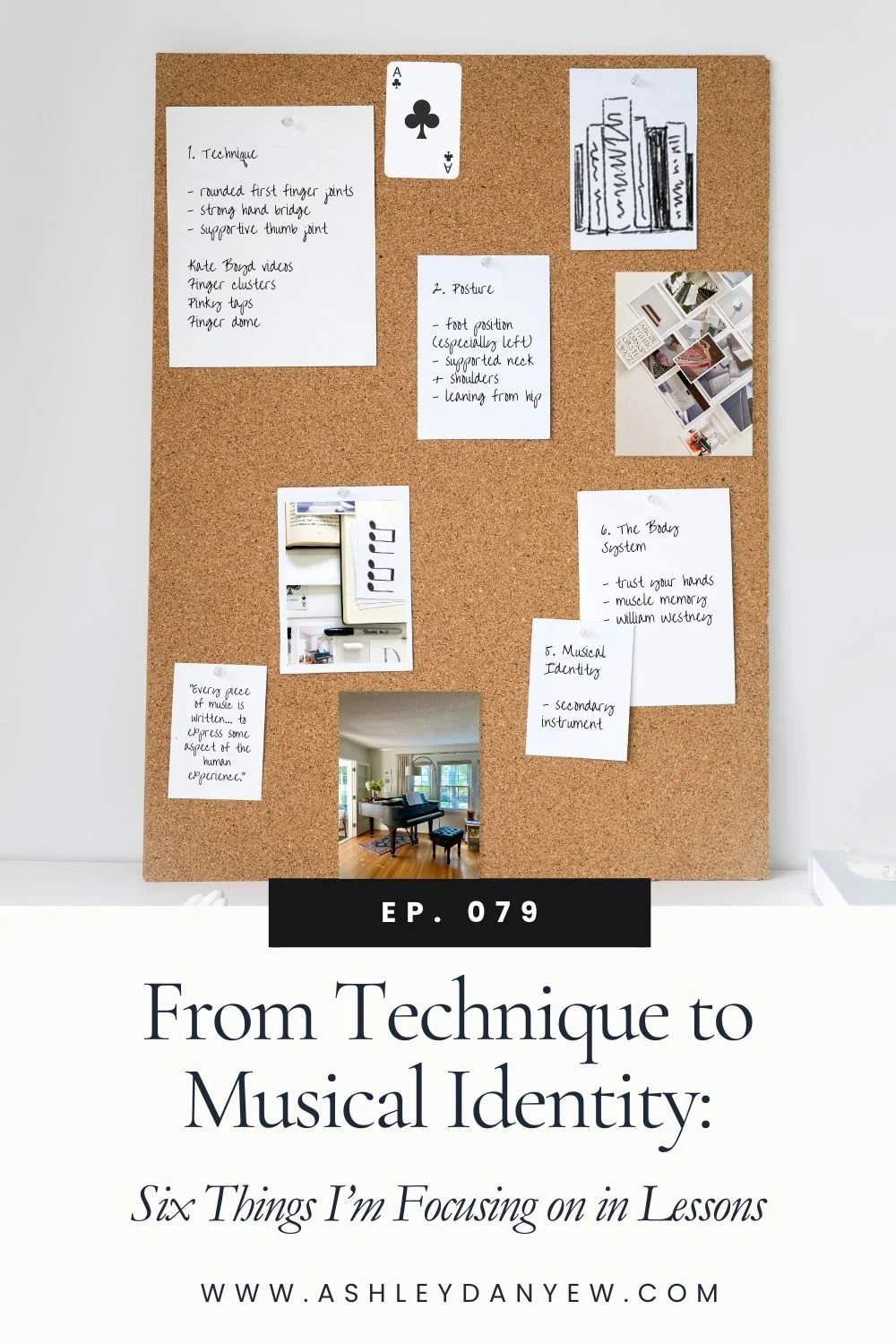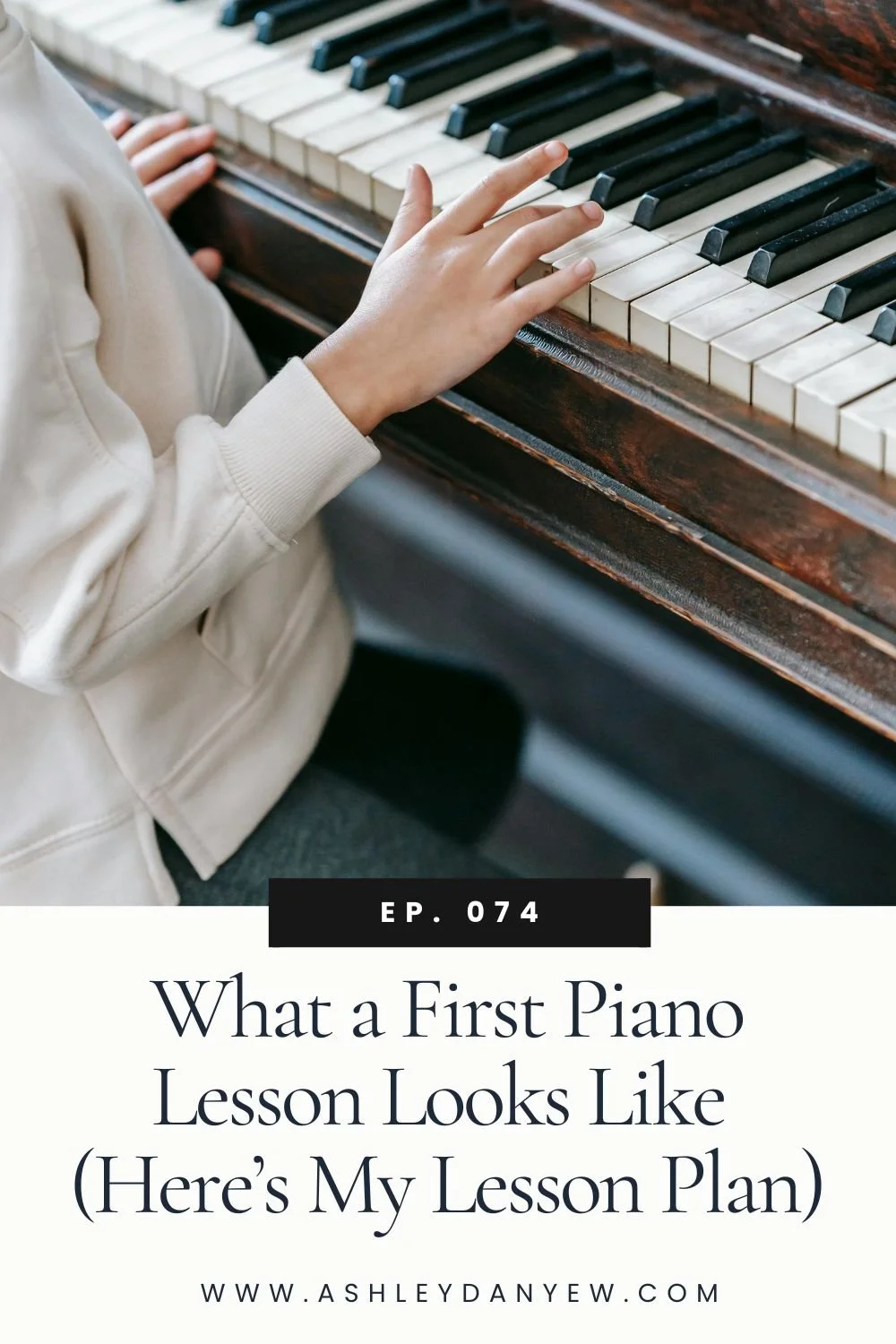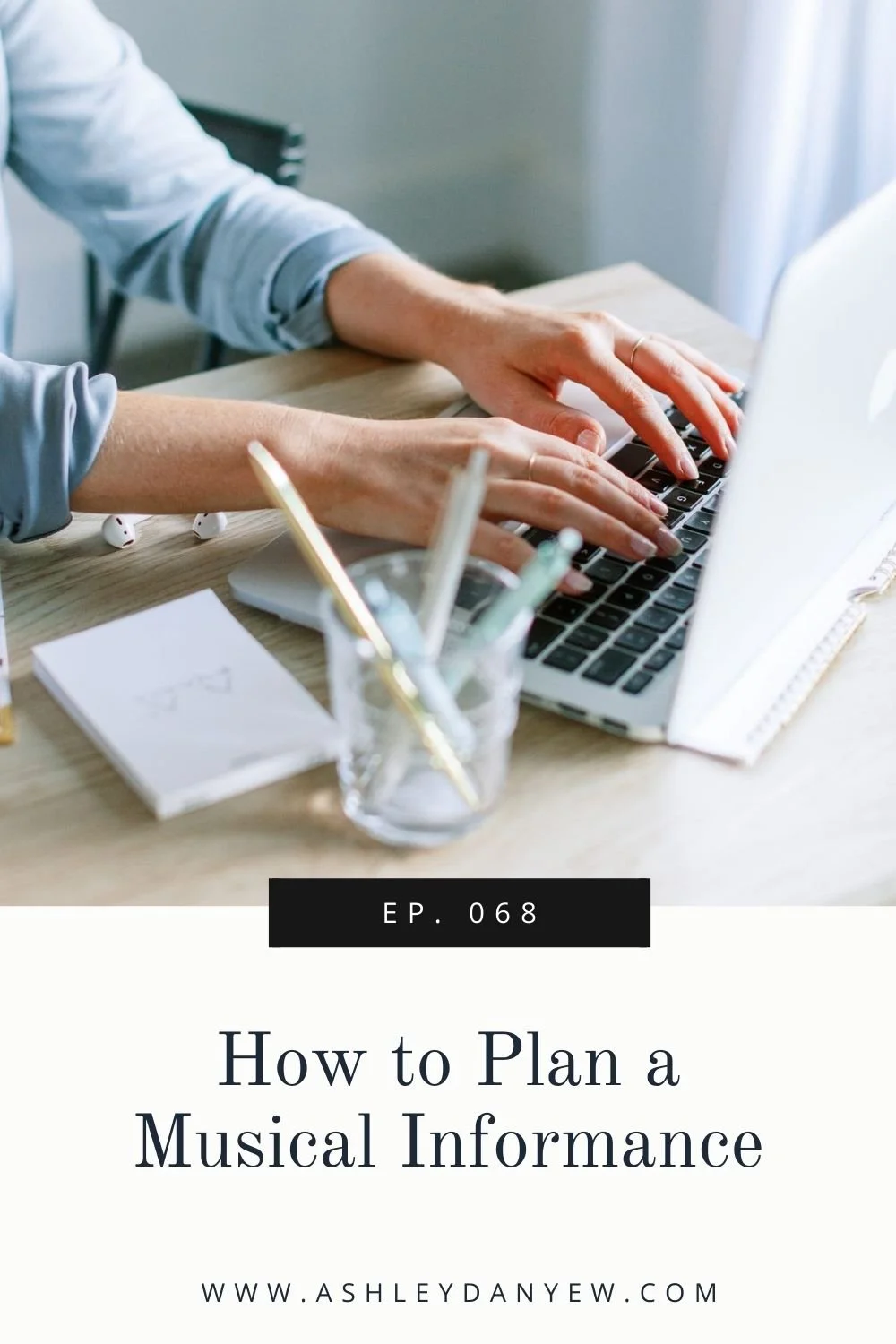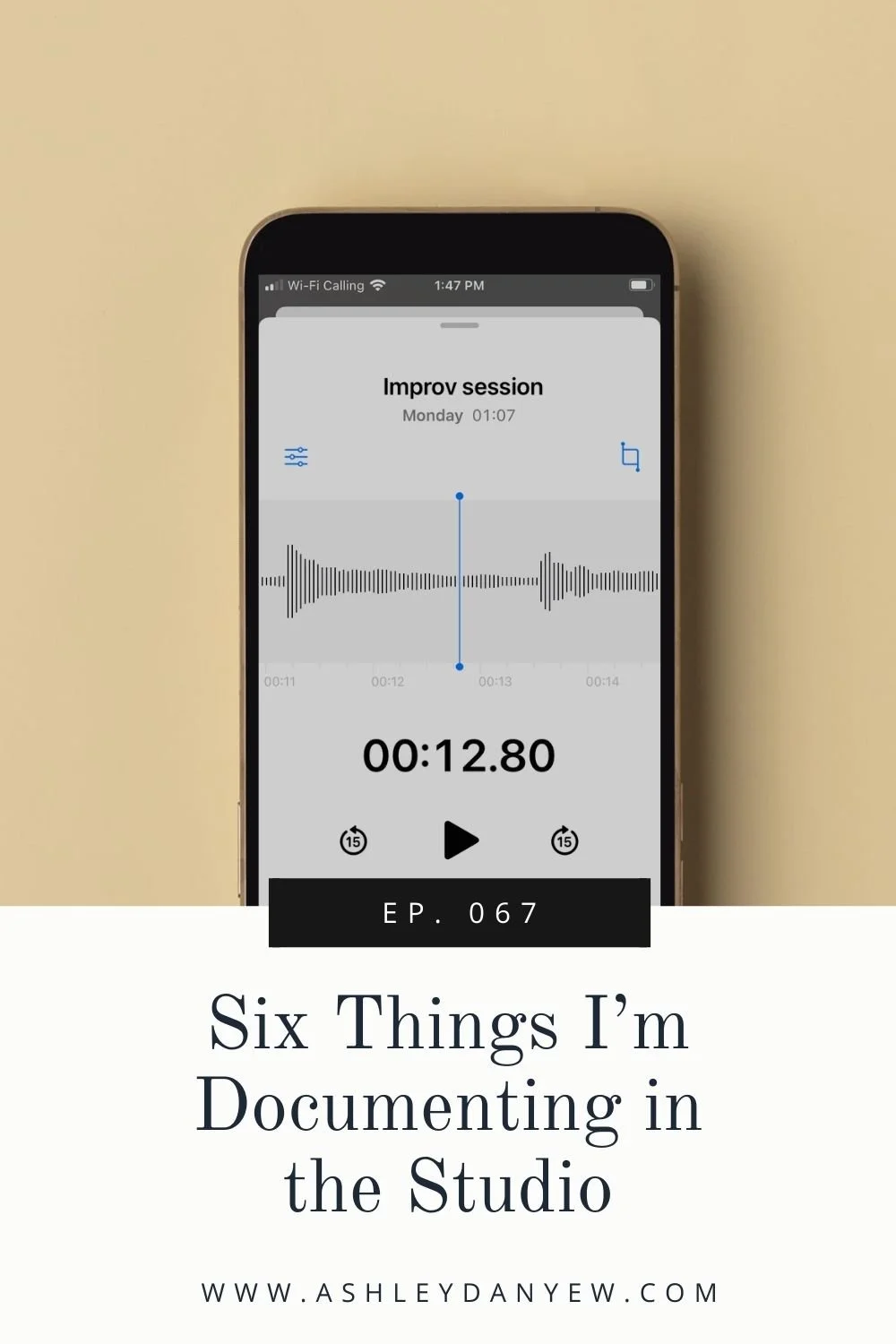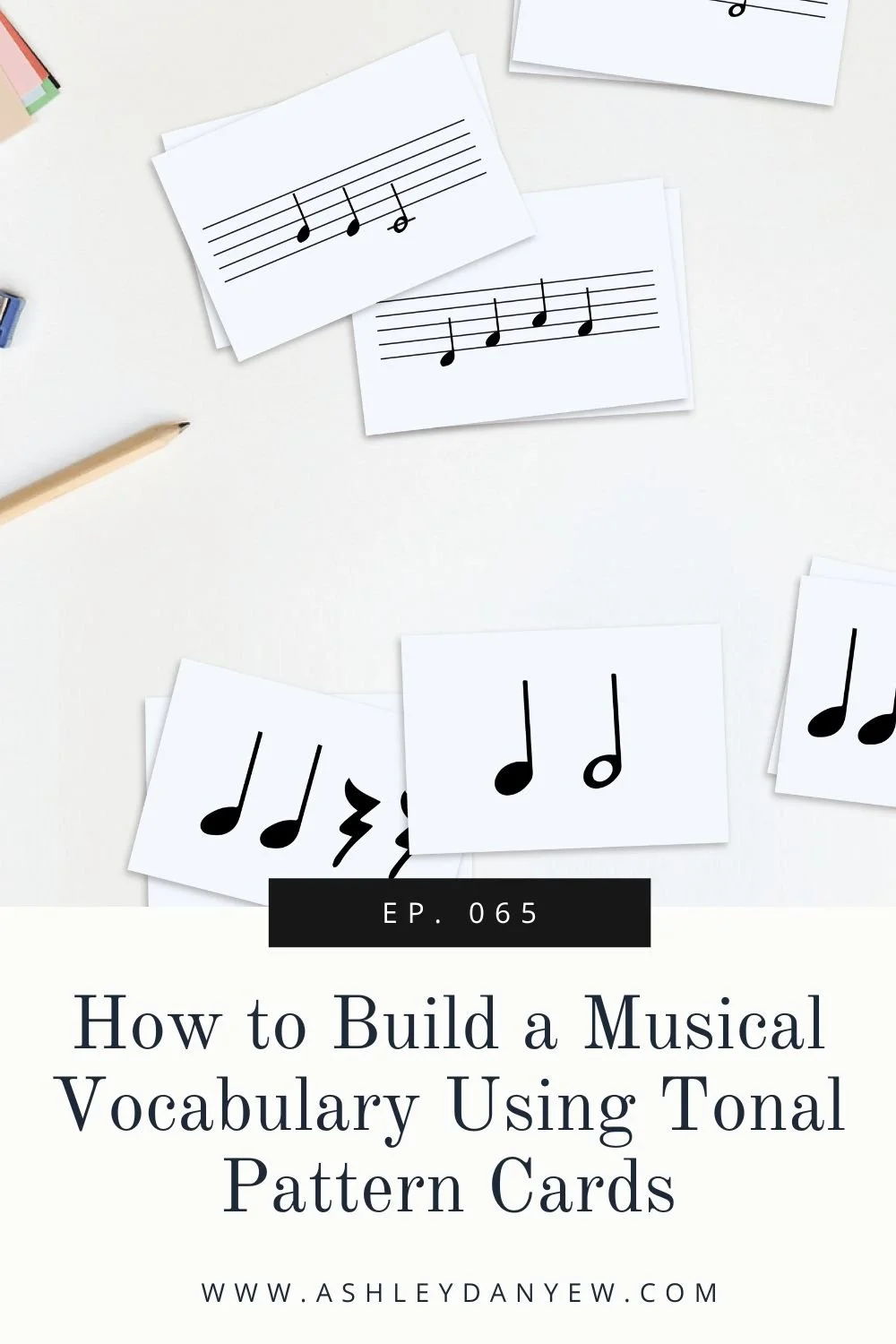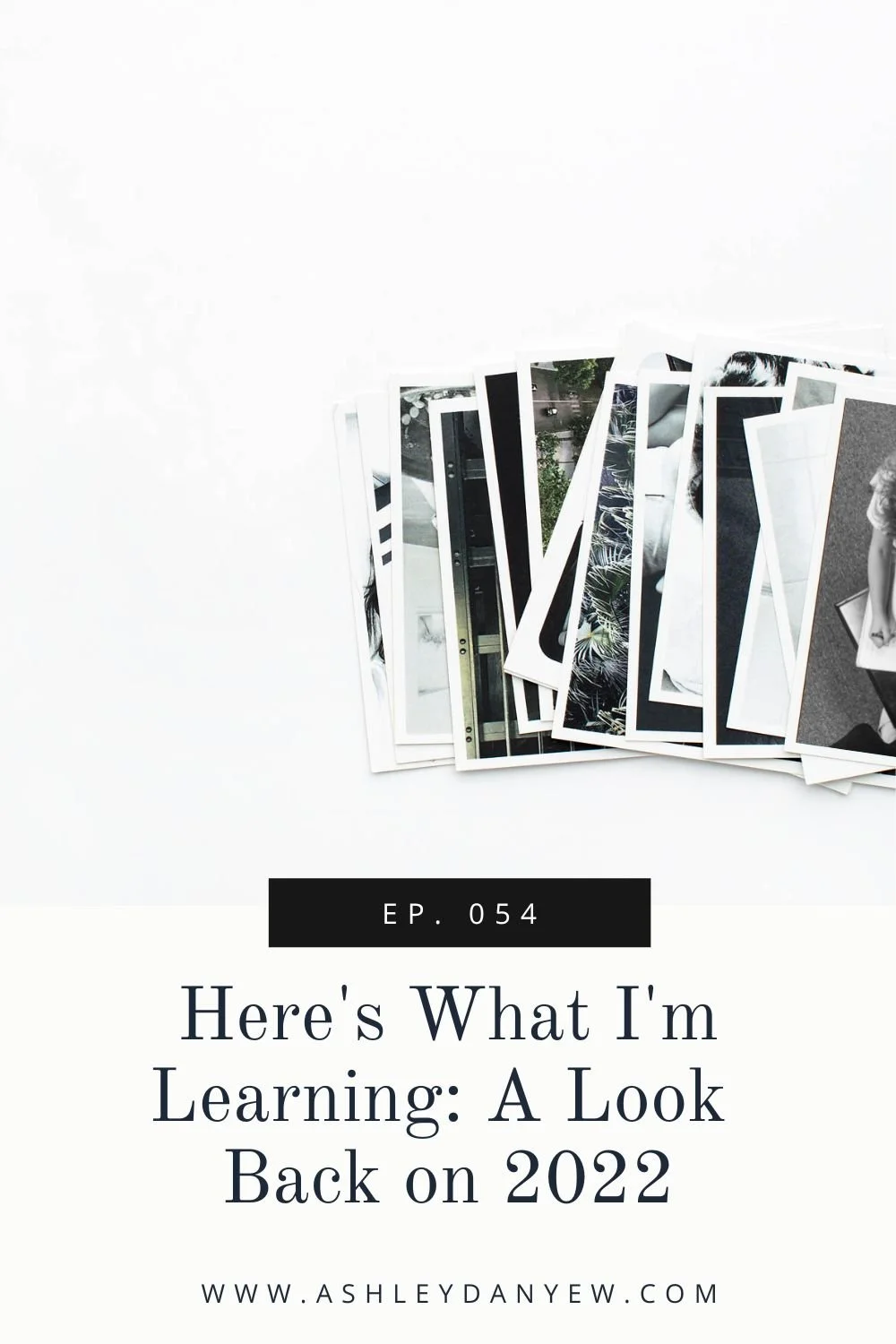Resources Mentioned
*Disclosure: I get commissions for purchases made through some of these links.
Democracy and Education (John Dewey)
The Art of Music Teaching & Learning — A comprehensive online course for music educators in all types of settings. It's kind of like getting a mini-music education degree in only 8 weeks.
Brain-Based Learning, Myth versus Reality: Testing Learning Styles and Dual Coding (Josh Cuevas)
‘Neuromyth’ or Helpful Model? (Greg Toppo)
Howard Gardner: The Myth of Multiple Intelligences (John White)
Sending “Learning Styles” Out of Style (Smithsonian Science Education Center)
Great Curriculum Is Important. But It’s Not Enough. (John White)
Five Damaging Myths of Professional Development (The Evolllution)
Six Myths About a Teaching Persona (Faculty Focus)
You know those things you’ve heard that seem true? I mean, they sound plausible. Plus, if enough people say it, it must be true, right?
Before long, we find ourselves buying into the hype, retelling the story, believing something we’ve heard without stopping to ask questions.
This is how myths begin.
Sometimes, there’s simply a lack of information—nothing to disprove this theory or that idea. Other times, they sound good on paper but are only surface-level with no substance to back them up.
Whatever the case may be, we’ve all encountered myths (big and small) in various parts of our lives.
But have you ever stopped to think about myths related to teaching and learning?
What stories are being told out there that affect our work and how we approach things? What’s being shared as fact when there isn’t research to back it up?
In his book, Democracy and Education, John Dewey wrote:
"We get so thoroughly used to a kind of pseudo-idea, a half perception, that we are not aware how half-dead our mental action is, and how much keener and more extensive our observations and ideas would be if we formed them under conditions of a vital experience which required us to use judgment: to hunt for the connections of the thing dealt with.”
Have I piqued your curiosity? If so, it’s time to debunk five teaching-and-learning-related myths you may have heard before:
Myth No. 1
Studying learning theories will make me a better teacher.
Disclaimer: I’m not advocating against studying music-learning theories!
Studying the history of music education and the theories about how people learn is fundamental to our understanding of how we ourselves learn and how to best teach music (in fact, I teach called The Art of Music Teaching and Learning based on these very topics! Enrollment for that is opening very soon, by the way. Stay tuned for all the details!).
The problem is not studying learning theories, it's when we learn these theories without any connection to practice.
Learning the history, philosophy, and theories of music education on their own doesn’t automatically translate into teaching effectively. These components inform our practice, but on their own, they’re abstract.
To use them effectively, to teach in a way that’s informed by history, philosophy, and theories of learning, we have to learn how to translate them from the abstract to the concrete and develop strategies to apply them to our own teaching practice.
Myth No. 2
Tailoring my instruction to different learning styles will help my students learn better.
For years we’ve been hearing about the importance of understanding different learning styles (visual, auditory, read/write, kinesthetic) and tailoring our instruction to meet individual learning preferences.
But the truth is, there is hardly any research out there to support these claims. It’s time to debunk the myth.
Josh Cuevas, a cognitive psychologist and professor in the College of Education at the University of North Georgia wrote:
“We are all visual learners. We are all auditory learners. We all learn through reading and writing. And we are all kinesthetic learners.” (source)
It’s a matter of choosing which learning style works best for the given task or helps us learn and internalize the given content.
Daniel Willingham, a cognitive psychologist and professor at the University of Virginia wrote, “All students learn more when content drives the choice of modality.” (source)
From the learner’s perspective, Willingham advocated, “Instead of trying to transform a task to match your style, transform your thinking to match the task.” (source)
Likewise, Howard Gardner, a longtime professor at the Harvard University Graduate School of Education and the researcher behind the Theory of Multiple Intelligences (which is considered by some to be a myth) advocated that we "individualize teaching as much as possible, teach important materials 'in several ways' (through stories, works of art, diagrams and role-playing, for example), and drop the term ‘styles' from [our] vocabulary.” (source)
If you want to learn more about this, there's a great video by the Smithsonian Science Education Center called Sending "Learning Styles" Out of Style. I'll link to that in the show notes.
Myth No. 3
A great curriculum will provide a great experience for my students.
No matter what discipline you teach, there are done-for-you curriculum plans out there designed to save you time, stress, and hassle by providing content, musical material, teaching plans, and supplemental materials. Simply print, hole-punch, and place in a binder and you’re ready to go!
The problem is when we believe that’s all it takes to create a great experience for our students.
John White, former Superintendent of Education for Louisiana State wrote, "Curriculum on its own, even a good one, is not a game-changer." (source)
A robust, intentional, content-rich, research-backed curriculum is a great tool, but if we don’t have the adequate skills to sequence, teach, and use it effectively, we may find ourselves frustrated that the done-for-you curriculum doesn’t provide done-for-you results.
Another challenge of a done-for-you curriculum is that sometimes it offers too much structure or details.
If you’re the kind of teacher who likes a little white space in their lesson plan, a little room for creativity and flexibility, and listening and responding to your students’ ideas, then a multi-page, detailed teaching plan may feel constricting. You may feel frustrated that you can never get through everything and have to alter every lesson plan to suit your specific needs (what’s the point of getting a done-for-you curriculum if you still have to do the work?).
A curriculum, like any teaching tool or framework, requires a certain amount of time, skill, and instinct on your part.
P.S. If you're looking for more information on designing curriculum, tune in to Episode 13 - The Nuts and Bolts of Writing Your Own Curriculum. I'll include a link in the show notes. We also have an entire module devoted to this topic in my course, The Art of Music Teaching & Learning, so make sure you're on the waiting list for that so you can be the first to know when enrollment opens later this month.
Myth No. 4
Professional development will make me a better teacher.
This one is true, to a point.
Professional development is important and you can certainly learn a lot from these experiences, but it’s not just about showing up. You can’t expect other people to make you a better teacher. It has to come from you.
The challenge with some professional development opportunities is there just isn’t enough time to go deep.
Most of the time, you can’t expect to learn and polish a new skill in a half-day workshop or cultivate a new teaching strategy in a 50-minute seminar. You can walk away with new ideas, resources, and inspiration, but oftentimes, there’s more work to do once you get home before you’re ready to implement anything new.
Everyone says (me included!) that we should be lifelong learners and continue to improve by doing professional development; but if you really want to be a better teacher and effect change, you have to be able to take what you learn from professional development—conferences and in-person trainings and workshops—and find ways to study it, test, it, apply it, and incorporate it into your specific teaching situation.
Looking for more? There's a great article from The Evolllution called Five Damaging Myths of Professional Development. Look for the link in the show notes.
Myth No. 5
Emulating exemplary teachers will make me an exemplary teacher.
We learn from each other, it’s true.
Observing someone else teach helps us reflect on our own teaching practice and inspires us to try new approaches, implement new strategies, and introduce new materials or ideas to our students in our next class, lesson, or rehearsal.
The problem is that simply emulating another teacher and their best practices won’t necessarily work in our teaching scenarios.
Have you ever tried a new teaching strategy and felt a little like you were portraying a character on stage? That the teacher you felt like in the classroom wasn’t the teacher you were on the inside? This feeling of inauthenticity—of pretending to be like someone else—can lead to burnout, frustration, and complacency and keep us from trying new things.
Instead, spend some time figuring out who you are as a teacher first. Then, when you observe another teacher, look for small strategies or approaches they use that you could incorporate into your own teaching in a way that’s true to who you are as a teacher and educator.
If you're interested in reading more about this topic, see Six Myths About a Teaching Persona by Faculty Focus. The link is in the show notes.
Finally, if this leaves you curious and ready to dive deeper into the study and practice of music teaching and learning, I’d love to invite you to join me in my signature program, The Art of Music Teaching & Learning.
Designed for music educators in all types of settings, this 8-week course will help you refine and cultivate your teaching skills by developing a deeper understanding of teaching and learning processes, learning goals and assessment, and creative curriculum design.
Inside, you’ll find a creative, practical approach to music teaching and learning, plus plenty of templates, worksheets, and related resources to prepare and equip you for the year ahead. Plus, two live group calls with me to ask questions and get more personalized coaching.
Enrollment opens on May 27! Learn more + get all the details.
I'd love to hear from you.
Which one of these five myths resonates with you the most? Which one is most surprising to you? I would love to hear your thoughts and comments?






